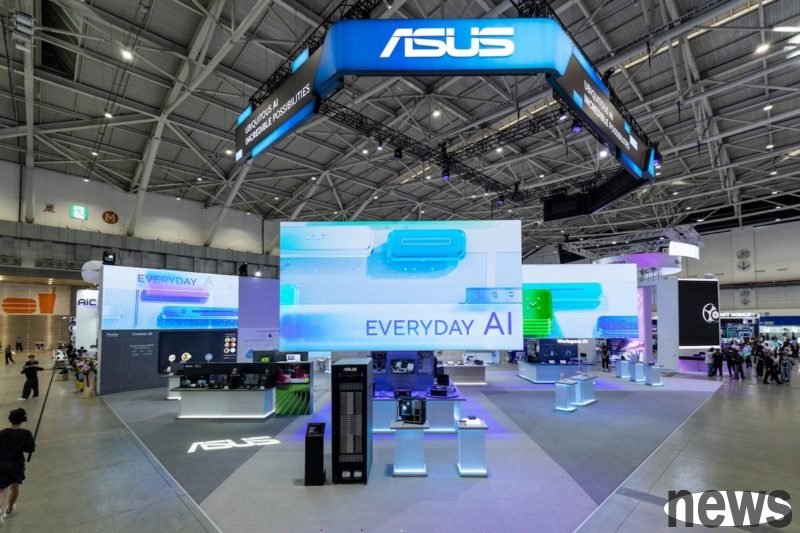The memory shortage problem is becoming increasingly serious, and now it seems to have a direct impact on the consumer public. ASUS co-CEO Hu Shubin revealed that product prices will be adjusted under appropriate circumstances. The price of consumer...

The memory shortage problem is becoming increasingly serious, and now it seems to have a direct impact on the consumer public. ASUS co-CEO Hu Shubin revealed that product prices will be adjusted under appropriate circumstances.
The price of consumer-grade memory has been rising recently, mainly due to the huge demand for DRAM in the AI industry. Manufacturers such as Corsair and ADATA have "suspended orders" due to the surge in prices. This rise seems to be gradually affecting PC manufacturers such as Asus.
In response to the imbalance between memory supply and demand, ASUS co-CEO Hu Shubin said in a French talk that ASUS noticed the upward trend in memory prices in the first half of 2025, and gradually lengthened the inventory cycle in response. As of the end of the third quarter, there were 2 months of component inventory, and nearly 2 months of finished products at the channel end, for a total of 4 months of safety stock. It also stated that the impact of the memory shortage on operations in the four seasons will be limited.
ASUS will work closely with DRAM suppliers to adjust its PC product portfolio. If the imbalance between supply and demand continues, product prices are bound to rise further, and "product prices will be adjusted under appropriate conditions," Hu Shubin said.
Asus is one of the important partners of global CPU and GPU manufacturers. Although it has 4 months of safety inventory, rising memory prices may make it difficult for Asus to maintain existing inventory levels. Considering that laptops, mini-computers and desktop computers all use consumer-grade memory, product prices are bound to change in the future, especially as the demand from the AI industry continues to increase and DRAM products such as HBM and DDR continue to be sought after.
The tight supply of DRAM is expected to bring more demand to the consumer PC market and inventory consumption will be faster. With the end of official support for the Windows 10 operating system, many consumers plan to upgrade to new platforms, which will also drive up demand. Based on the current situation, it is difficult for memory prices to stabilize in the short term, and may even rise further.
Further reading: Demand for AI servers boosts Asus’ Q3 revenue, and high-end ROG Xbox Ally is out of stock